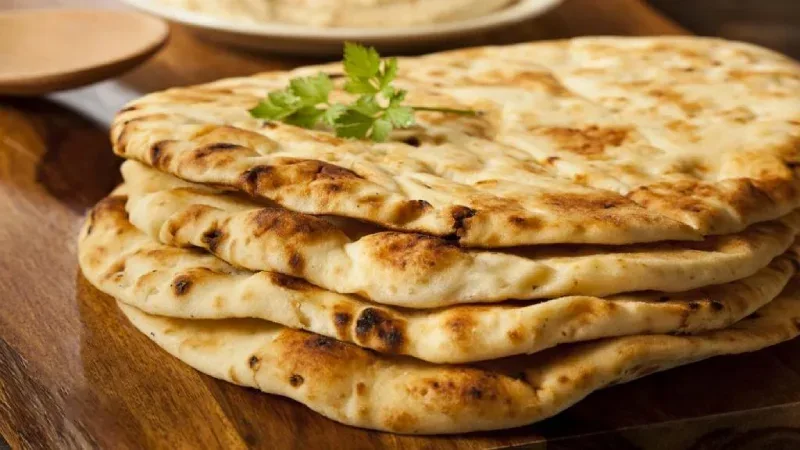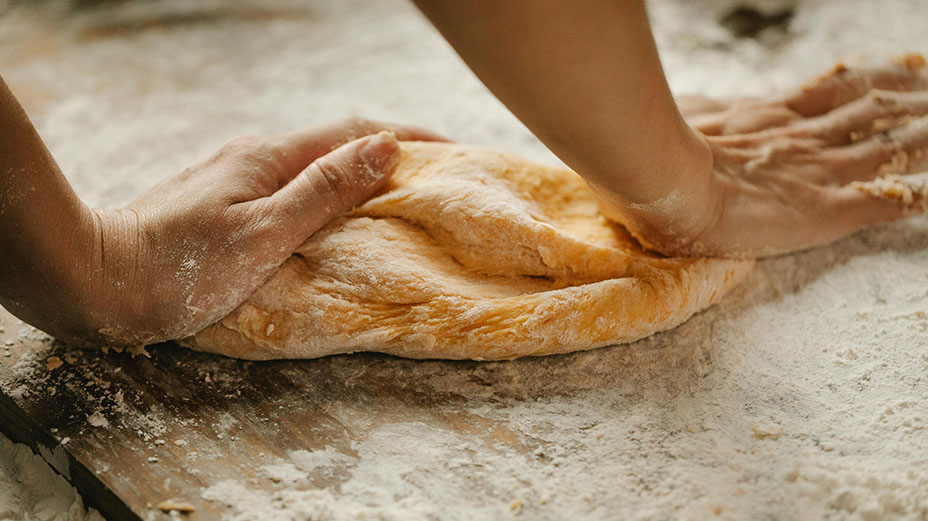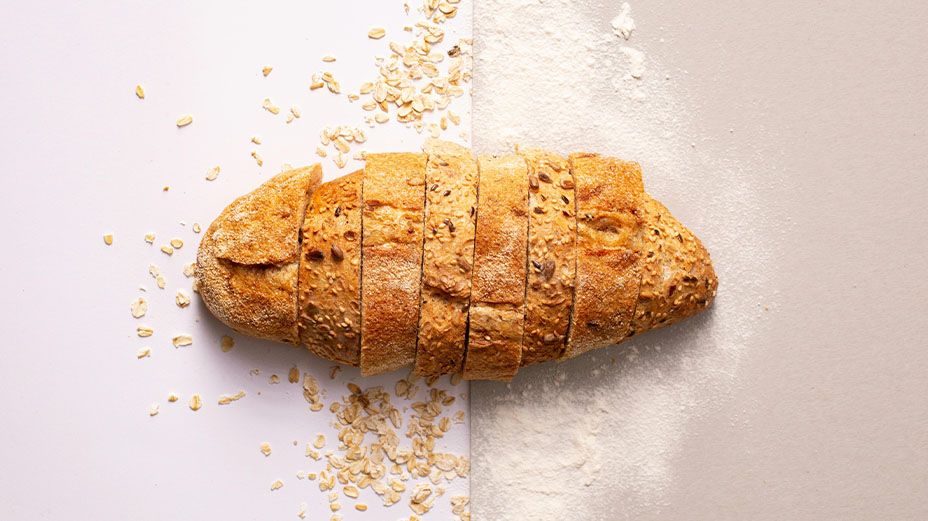What is the difference between stone flour and lavash and why does knowing the difference between stone flour and lavash help you to better understand how to bake bread? In simpler terms, what is your favorite bread? Stone or Lavash? Maybe you like one for each meal or special meal and you don’t have a bias on the bread you eat. The taste, size and properties of these two breads are different, the most important reason for the difference is the characteristics of the flour of each of these breads. It may be hard to believe, but all these differences come from just a few small changes.
Read more: Tufton flour and lavash
bran extraction
The most important difference between stone flour and lavash is bran removal. Bran is the outer shell of cereal grains such as wheat, barley and rice. This shell is full of fiber, vitamins, minerals and antioxidants, part of which is separated in the flour preparation process.
The bran removal of Sangak flour is about 10-15% and less than lavash flour, which has 20-25% bran removal. This number is 75 to 85% in white flour. In industrial bran extraction, wheat grains are ground using modern and automatic machines; At this stage, the bran is separated from the flour several times.
Industrial bran flour has high quality and uniformity and is hygienic; while this work is done at a high speed, but like any other phenomenon, it has another side. Separating the bran from the grain lowers the nutritional value of the flour. On the other hand, wholemeal flour has a milder taste and aroma than wholemeal flour.

One of the most important differences between stone flour and lavash
The color of Sangak bread flour is darker. To obtain this flour, compared to other flours such as null flour, less braning is done. Bran has a dark color and its presence in flour makes the color of the flour and consequently the bread darker. In addition, Sangak bread flour is usually ground using stone mills or stone rollers. This type of mills does not completely separate the bran from the flour and small bran particles remain in the flour.
Meanwhile, lavash flour is ground using metal mills and metal rollers. This difference in the grinding process makes the bran of lavash flour separate completely. The color of the flour is whiter and finally a whiter bread is baked.
Taste and nutrients
The flour used for Sangak bread has a stronger taste and aroma. Much of this has to do with the wholeness of the flour. Lavash bread flour has a milder taste and aroma compared to Sangak, which comes from its whiteness and more bran. The presence or absence of this seemingly insignificant shell changes the nutritional value of these flours. Sangak flour has more fiber, vitamins and minerals than lavash flour.
Sengak flour has a higher nutritional value due to less bran removal; on the other hand, lavash flour is easier to digest due to more bran removal. Don’t forget that the consumption of white breads should be in moderation due to their high calories and sugar, especially for diabetics and pregnant people. People with celiac disease (an autoimmune gastrointestinal disease) should avoid using Sangak bread flour and replace it with other breads such as white bread or lavash bread.
What to make with stone flour?
The flour used for Sangak bread is not exclusively for this bread! It can be replaced in many cases and other foods can be prepared with it; For example, by using stone flour, tafton bread is prepared thicker and tastier. Many local unleavened breads are also prepared with this flour.
High gluten is one of the differences between Sangak flour and lavash
Due to its high gluten content, Sangak flour is also a suitable option for baking a bulky and puffy pizza bread. Of course not for home consumption. What is used in the market for home consumption is ready-made flour and has the necessary additives. If you intend to use stone flour for this, carefully observe the amount of yeast, salt and other items.
All kinds of oily breads get a more pleasant taste and aroma with Sangak flour. These breads are mostly thick and using Sangak flour for them is better than other flours available in the market.
Stone flour for food and dessert
One of the differences between Sangak flour and lavash is that the use of flour in today’s cooking world is not limited to bread. This flour is a good choice for making some dishes or even desserts crunchy and flavorful. All kinds of cocoa, especially potato cocoa, get a new taste and flavor with stone flour. The bran in the flour has an effective taste. Also, the flour absorbs the water of the raw materials and prevents the food from spoiling.
For cutlets, the use of this flour gives more consistency and puffiness to the food. The popular samosa of southern people will be thicker and tastier with Sangak flour. Along with the spicy aroma of spices and various sauces, Sangak flour also gives a double taste to this dish.
You can also use this whole flour for desserts and sweets; Especially in those where the darkening of the color does not have a great effect on the final product. Cookies with stone flour get a good taste and aroma. Kuleche, like oil bread and unleavened bread, is prepared in a special way in each region of the north of the country with local spices, and it is a popular sweet for everyone.
Stone flour is also recommended for pancakes. This flour makes your breakfast fluffier. Stone flour has the same effect on all kinds of cakes; Sponge cakes get a new flavor with this flour; Try it once.
Due to less bran, semolina flour is more sticky and may be a bit hard to work with. To cook sweets or food with it, you may need to be more careful in adjusting the amount of water and other ingredients.
Sangak bread flour under the microscope
One of the most important differences between sengak flour and lavash is that sengak flour is more suitable for people who are on a fasting diet than sengak flour, because sengak flour has more fiber due to less bran. This type of carbohydrate helps digestion and prevents constipation; It also makes you feel full. It also has more vitamins and minerals such as B vitamins, iron and magnesium. These vitamins and minerals are essential for health.
However, due to the presence of gluten, semolina flour is harmful for people with celiac disease. Due to less bran, it is more difficult for some to digest. It also has a higher price. Due to less bran, semolina flour is more sticky and may be a bit more difficult to work with.
Due to its high fiber, bran reduces blood cholesterol and reduces the risk of cardiovascular diseases. Due to its high fiber content, bran controls blood sugar and reduces the risk of type 2 diabetes. Finally, the choice of Sangak bread flour for use in food or sweets and desserts depends on the taste of people and the health status of each member of the family.
If you are looking for bread with high nutritional value and pleasant taste and aroma, Sangak flour is a suitable option, however, consider your nutritional conditions while consulting with an expert and continue. In this content, we talked about the difference between stone flour and lavash, again, if you have any questions about the difference between these two, be sure to ask in the comments section.




